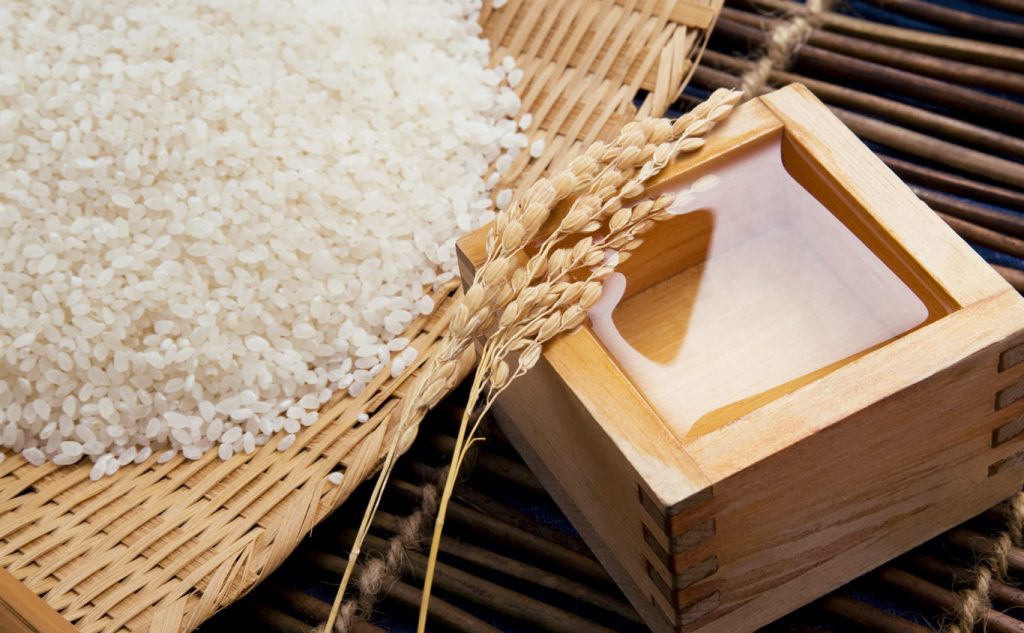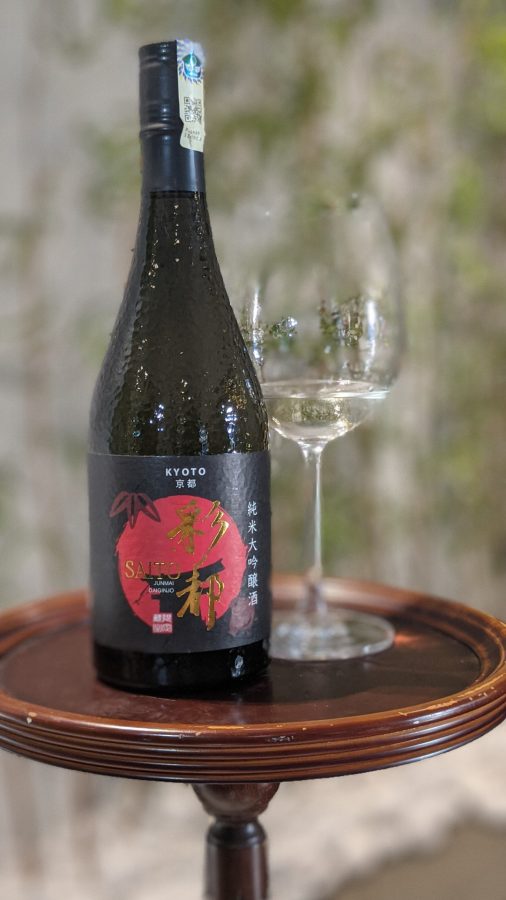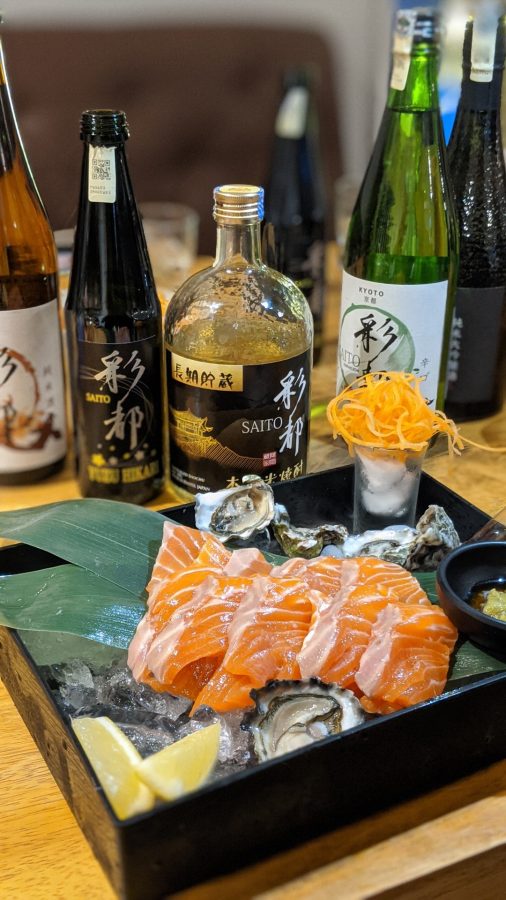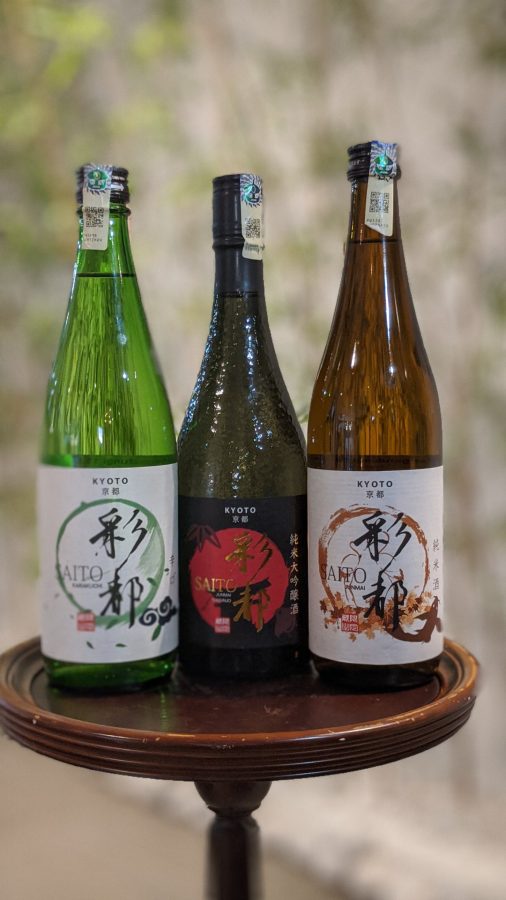Review: Nero Nero
July 14th, 2025
Refined, approachable, and high-quality, the core trio of Saito sakes from Asiaeuro aren’t just delicious and easy-drinking, they also offer impressive value for money. If you’re a sake aficionado or have been curious to learn more about this revered Japanese alcoholic beverage, Saito is an ideal brand to enjoy.
Though frequently referred to as a “rice wine,” sake production actually has more in common with beer brewing than wine making, though it’s not exactly the same as that, either. The production of sake is incredibly rich and complex, with traditional processes dating back hundreds of years, and volumes have been written about the detailed specifics of making sake. To give an idea, however, here is a brief overview.
To make sake, the grains of special strains of Japanese rice called sakamai are polished in order to remove the bran. (There are dozens of types of sake rice grown in Japan, with Yamadanishiki, Gohyakumangoku, Miyamanishiki, and Omachi among the most favoured.) The polishing exposes the core of the rice grain, which is rich in starch, and rids the grain of the outer layers, whose components of fats and proteins would lead to off-flavours during the sake brewing process. The amount of the grain that’s polished away is called the polishing ratio. Some sake is made from rice that’s had 30% of its grain polished away, some is made from 50% polished rice, and some is made from 70% polished rice.

Of course, the more of the grain that’s polished away, the more rice it will require to make the same volume of sake; it also takes longer for the polishing to be carried out. Thus, sake made with a higher polishing ratio tends to be more expensive.
To convert the starch into sugar, a microorganism is used. For most alcohol, we use yeast; for sake, a spore called kōji-kin is used in addition to the yeast.
Where the production methods of sake and beer primarily differ is the manner in which the grain’s starches are converted into sugars, then into alcohol. With beer, this is carried out in two distinct steps and in separate vats (starch > sugar, and sugar > alcohol), whereas with sake, the conversion of starch to sugar to alcohol take place in one uninterrupted step, in the same container, a parallel fermentation process that is unique to sake. The complete process for producing sake usually takes two to three months.
It may surprise you to learn that Saito sake is not merely imported from Japan by Asiaeuro – it’s actually their very own brand! Conceived in 2016, the team at Asiaeuro sought to bring an approachable, high-quality sake to the Malaysian market, as well as to other markets they serve. They collaborated with a well-established brewery in Kyoto, resurrected an old, long-silent brand name, and after countless hours of tasting, refining, and balancing the sake’s overall flavour profile and character, created Saito.
The sake is brewed in Fushimi, in the southern part of Kyoto, where the underground water source has a perfect balance of potassium and magnesium, and is also iron-free – the ideal composition for producing sake. Kyoto’s climate (and especially its renowned Sokobie cold winters) create the perfect conditions for brewing one of the best sakes in Japan, creating Saito’s signature smooth, clean taste and its crisp, layered character. The name is particularly evocative, too: Sai means ‘colourful, vibrant, and beautiful,’ and To means ‘capital city’ (as Kyoto was once the capital of Japan), so together, Saito becomes a ‘beautiful city’ that people can imagine in their mind’s eye.

Last year marked Saito’s fifth anniversary, so Asiaeuro had planned a number of commemorative events and celebrations to mark the occasion. Of course, 2021 saw the Covid-19 pandemic continuing, however, and all of the plans and ideas had to be shelved for a later day. So recently, the brand unveiled the new, updated labels for its core range, the culmination of a long and hands-on campaign for a number of people on the Asiaeuro team. We sat down with Asiaeuro’s Group CEO, Jonathan Chow, and sampled the range of Saito’s three core expressions and talked about how Saito is, in many ways, helping to redefine sake enjoyment in Malaysia.
First, let’s take a look at the three core range Saito sakes and some of the suggested food pairings:
It’s hard to say which of the three emerged as the favourite. They really are all quite good, so it just depends on the food and the setting. It should go without saying that Japanese cuisine is a natural food companion for sake, but it’s by no means limited to just that! Local noodle dishes, dim sum, poached chicken, grilled fish, satay – we can think of plenty of potential pairings! And though sakes can be served chilled, at room temperature, or even warmed (the latter quite popular in Japan in the winter), we generally preferred a bit of a chill on ours, but not refrigerator-cold. Think more like a white wine serving temperature, around 10-12°C. This, we felt, accentuated the delicate, crisp, floral notes of the sake, while allowing the softer, fruity elements – primarily on the nose, but to a certain extent on the palate, too – to develop nicely. A too-cold serving temperature will impact the mouthfeel and also blunt the complex notes of the sake.
That said, however, there really is no right or wrong answer here; it’s perfectly acceptable to drink sake the way YOU like it! Have it neat, have it with a mixer, or have it with a side of tea or water. Indeed, the Japanese Sake Association actually encourages people to drink ‘chaser water’ for their health, and the water is called Yawaragi-mizu. (No detail is too small to be left to chance in Japan!) We did feel that for the uninitiated, the Junmai was probably the best overall choice, as it pairs so nicely with a range of popular, common dishes in Malaysia. We’d love to have a bottle of this chilled and served alongside a steamboat dinner!

In talking with Jonathan, we got a great insight into the ethos and drive behind the Saito brand, as well as the inspiration behind the label refresh, which was unveiled in Malaysia on August 18 at Tekku Izakaya Japanese restaurant in Kota Damansara. (Side note: We were impressed enough with the food here that we plan to return to do a comprehensive review of this rather hidden gem.)
“With these new labels, we aim to modernize our brand image and capture a new audience through a younger and more modern look,” Jonathan explained. “At the same time, though, Saito remains relatable to all our supporters gained over the past years. With the designs of each new label, we have been bolder with the illustrations to highlight the specialities of Japan, like seasonal changes, koi fish, Japanese temple structure, and more, to be more colourful and striking.” He also pointed out the brand consistency across all three labels, most notably with the prominent placement of the sake’s home, Kyoto, plainly detailed at the top centre of each label.
“Kyoto is the old imperial capital of Japan,” Jonathan remarked, “and as the country’s cultural capital even today, has a special place in the hearts of the Japanese. Moreover, the water coming from the mountainous region around Kyoto is very distinctive, soft and pure, and lends an inimitable character to Saito sake.” After all, he noted, with water playing such a crucial role in the production of many alcoholic beverages – beer, liquor, and sake chief among them – the importance of water quality can never be overstated.
As we inspected those appealing newly face-lifted Saito bottles, we liked that the back of the label offered a wealth of useful information (in English!), including taste profiles and possible food pairings. We felt that for a product about which many people aren’t especially knowledgeable, this was a good move on Asiaeuro’s part. It makes the Saito brand more consumer-friendly and perhaps a bit less intimidating.

The more we talked, the deeper we got into the complexities and nuances of sake and its importance in Japanese culture. Asiaeuro marketing manager Ben Ong was on hand, as well, and it’s safe to say that, much like Jonathan, he’s incredibly knowledgeable and well-versed in the world of sake, and gave us a mini masterclass about the entire process! Talking with these two opened up a whole new world, and like so many of life’s pleasurable pursuits, the more you learn, the more deeply you enjoy.
But one of our favourite things about sake is that you can casually have a bottle with dinner and thoroughly enjoy it, or you can do a deep dive into the intricacies of its history and production and develop a real passion to support that enjoyment. It’s a remarkably accessible drink – and with Saito offering such good value for money and delivering a quality, easy-drinking product – there’s never any fussiness, nor any pretence. So if you haven’t taken the plunge and given sake a try, now is the time, and Asiaeuro’s very own Saito sake is the brand!
Look for Saito sake at Jaya Grocer, De Market, and Ben’s Independent Grocer, or shop online at AEclub, Wine Warehouse, and Winetalk.